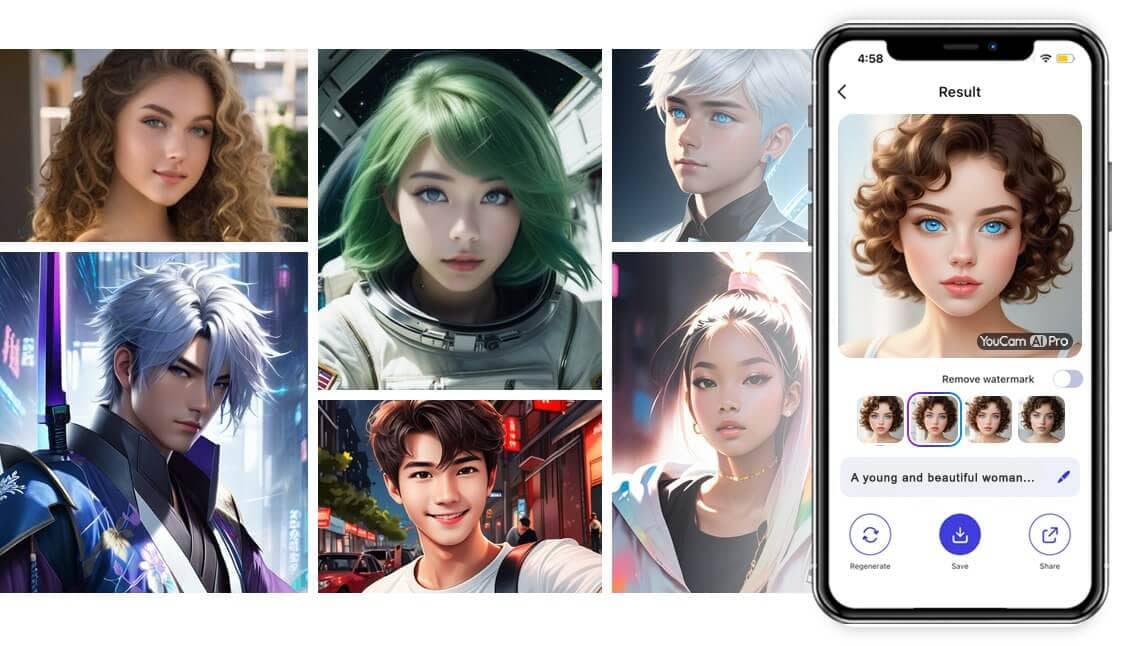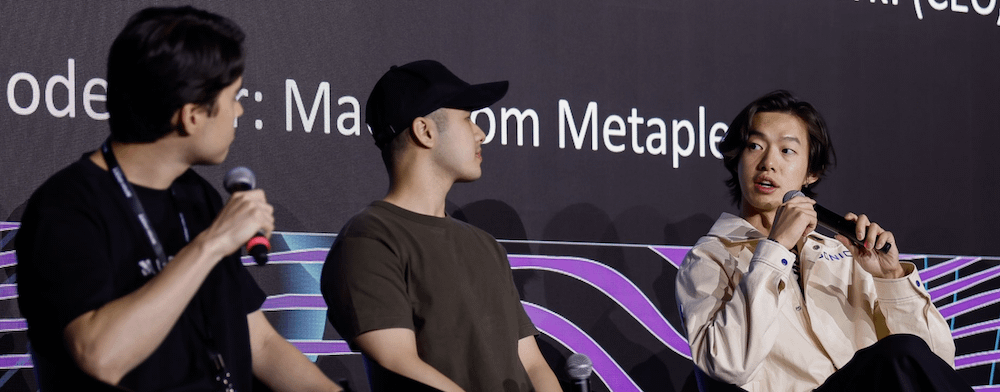No products in the cart.

AI-generated art can have the same effect as its man-made equivalent, so should it not be held in the same esteem?
In north-western Italy, there lies a small valley named Aosta, bordered by France and Switzerland. If you travel to the heart of Aosto, you will find the Centro Saint-Bénin, a nondescript building filled with works of art and home to one of the oldest known creative automatons: Innocenzo Manzetti’s flute player.
Crafted in 1840, the flute-playing automaton is modelled after a man, rising and bowing like a member of an orchestra. From its clockwork centre, arias arise, mimicking operas.
Manzetti’s flute player is only one iteration of creative automation seen throughout the years.
David Roentgen’s 18th-century Marie-Antoinette dulcimer player and Alexandre Nicolas Théroude’s 19th-century flute-playing automaton both produce musical sounds that can hardly be distinguished from those created by an orchestra.
If we were to record these sounds with no visuals, would they elicit the same emotions as a work of art made by man?
Access the most comprehensive Company Profiles
on the market, powered by GlobalData. Save hours of research. Gain competitive edge.

Company Profile – free
sample
Thank you!
Your download email will arrive shortly
We are confident about the
unique
quality of our Company Profiles. However, we want you to make the most
beneficial
decision for your business, so we offer a free sample that you can download by
submitting the below form
By GlobalData
Generative AI produced art
The creation of art, be it composing a symphony or painting a portrait of an expansive landscape, is an act we may view as one of the highest forms of humanity. Emotion is conveyed through these works, causing us to laugh, dance, cry, or reminisce, and we often hail the creators—the directors, the painters, the musicians—as geniuses. But what if creating art isn’t necessarily a human feat at all?
The launch of OpenAI’s DALL-E in January 2021 and ChatGPT in November 2022 showcased the sheer capabilities of modern-day generative artificial intelligence (AI). Users could prompt these programs to create everything from sonnets to images of animals. Yet, without the human source behind these works of creativity, we have found it challenging to find a place for them in our world and have questioned whether they possess the same value as human works.
A form of inspiration
Generative AI systems are fed billions of points of data, including visuals of human artworks and photographs. They are subsequently able to create works of art based on these. This may be likened to humans drawing inspiration from other works of art or from seeing items in real life and painting them as they are.
Generative AI systems ‘drawing inspiration’ from human work should not make AI artwork any less valuable. Notwithstanding the very real and pertinent issue of copyright attribution or the employment considerations that AI poses to writers and artists, AI-generated works of art are arguably still valuable.
They can elicit emotions in us, causing us to laugh, dance cry, or reminisce—and what value is needed beyond that?





![14 Best Free AI Picture Generator of 2024 [Tested with Sample Images]](https://mlso5yzhfdmc.i.optimole.com/w:auto/h:auto/q:mauto/https://nuillum.xyz/wp-content/uploads/2024/11/ad8cfa44-242d-4481-a39c-e46242cdde3f.jpg)